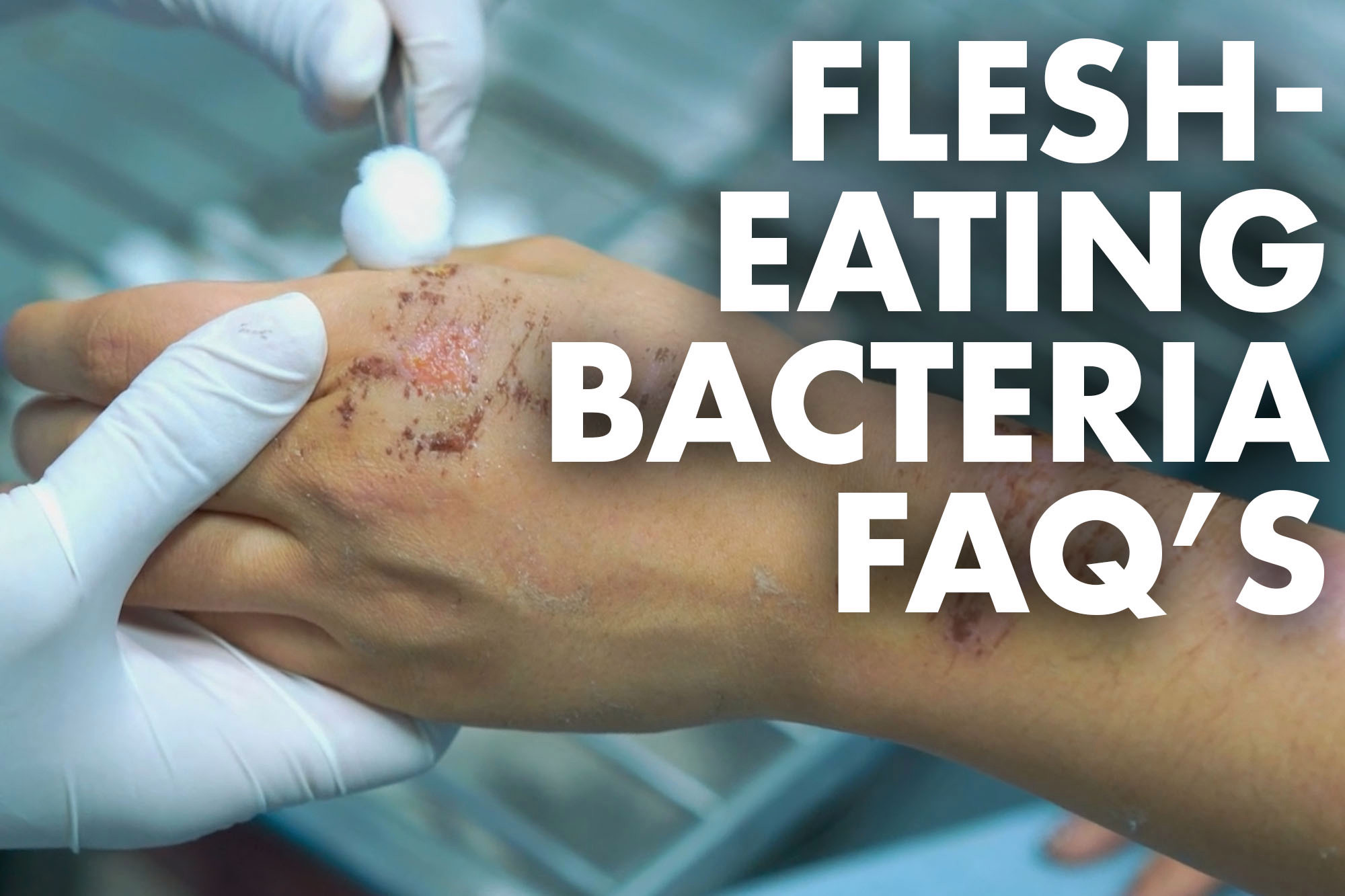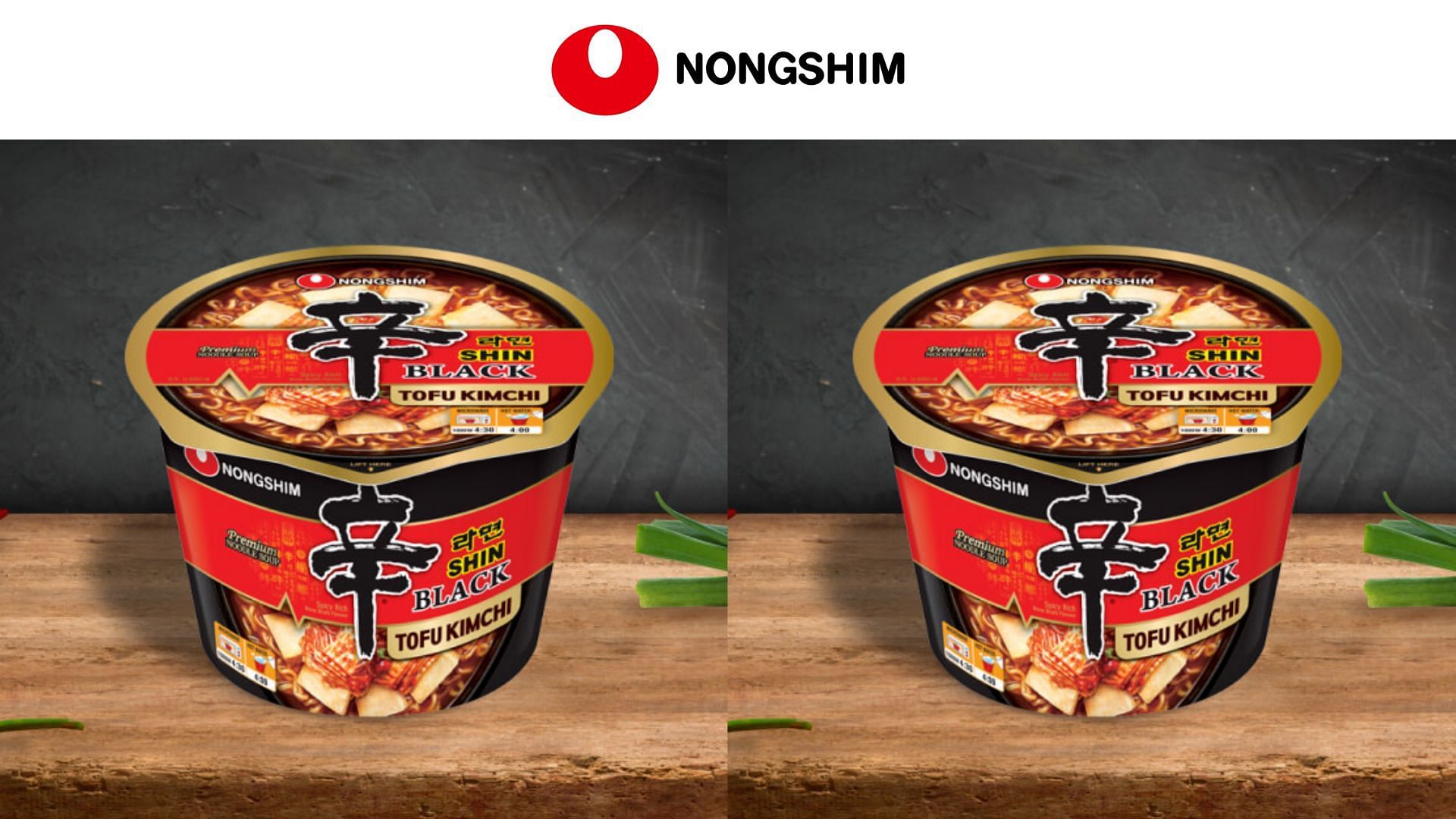Ramen Bacteria 2024: The Hidden Truth About Your Favorite Instant Noodles
Hey there, food lovers! If you're anything like me, instant ramen is more than just a snack—it's a lifestyle. But have you ever wondered what's really in that packet of noodles you've been devouring for years? In 2024, the conversation around ramen bacteria has been heating up, and it's time we all paid attention. This isn't just about taste anymore; it's about what you're putting into your body. So, buckle up, because we're diving deep into the world of instant ramen and uncovering the truth behind those mysterious ingredients.
You probably already know that instant ramen is a global phenomenon. From college dorms to fancy restaurants, these noodles are everywhere. But as we enter 2024, there's a growing concern about the health implications of consuming instant ramen regularly. Is it really as bad as they say? Or is this just another overhyped health scare? Stick around, because we're about to break it all down for you.
This isn't just about scaring you off your favorite late-night snack. It's about empowering you with knowledge so you can make informed decisions about what you eat. Whether you're a die-hard ramen fan or someone who's curious about the latest food trends, this article has something for everyone. Let's get started!
- Deep Actress Unveiling The Mysteries And Breaking Stereotypes
- Helen And Olga Where Are They Now The Untold Story Of Two Icons
What Are Ramen Bacteria and Why Should You Care?
Alright, let's cut to the chase. Ramen bacteria isn't some mythical creature lurking in your kitchen cabinet. It's a term used to describe the potential microbial contamination that can occur in instant noodles if they're not stored or prepared properly. In 2024, food safety experts are shining a spotlight on this issue, and for good reason. Studies have shown that improperly sealed packets or noodles left out for too long can become breeding grounds for harmful bacteria.
How Do Bacteria Get Into Ramen?
Here's the deal: instant ramen is designed to be shelf-stable, meaning it can sit in your pantry for months without going bad. However, once the packet is opened or if the seal is compromised, the risk of contamination increases. Factors like humidity, temperature, and exposure to air can all contribute to the growth of bacteria. And let's be honest, who hasn't left a half-eaten packet of ramen on the counter for a day or two?
According to a report by the Food Safety Authority, improper storage is one of the leading causes of bacterial contamination in instant noodles. So, if you're guilty of leaving your ramen out in the open, it might be time to rethink your habits.
- Unveiling The Legacy Of Essence Atkins Father A Deep Dive
- Channel Bravo On Directv Your Ultimate Guide To Entertainment
The Science Behind Ramen Bacteria in 2024
Now, let's talk science. What exactly are these bacteria, and how do they affect your health? In 2024, researchers have identified several strains of bacteria that can thrive in instant noodles under the right conditions. Some of these include E. coli, Salmonella, and Listeria, all of which can cause serious health issues if ingested.
Key Findings from Recent Studies
- A study published in the Journal of Food Safety found that improperly stored ramen can harbor up to 10 times more bacteria than freshly cooked noodles.
- Another research paper highlighted the importance of following storage instructions to minimize the risk of contamination.
- Experts recommend consuming instant ramen within 48 hours of opening the packet to reduce the chances of bacterial growth.
These findings might sound alarming, but they're not meant to scare you. They're simply a reminder to be mindful of how you handle and store your food.
Is Instant Ramen Really That Bad for You?
Let's address the elephant in the room. Is instant ramen really as unhealthy as people say? The answer isn't as straightforward as you might think. While it's true that instant noodles are high in sodium and preservatives, they can still be part of a balanced diet if consumed in moderation.
Nutritional Content of Instant Ramen
Here's a quick breakdown of what you're getting in a typical serving of instant ramen:
- Calories: Approximately 380-400 per serving
- Sodium: Around 1,000-1,500 mg
- Fat: 14-16 grams
- Carbohydrates: 50-60 grams
While the sodium content might raise some eyebrows, the key is to pair your ramen with healthier ingredients like vegetables, lean protein, and fresh herbs. This way, you can enjoy your favorite snack without feeling guilty.
How to Store Ramen Safely in 2024
Now that we've established the importance of proper storage, let's talk about how you can keep your ramen safe and bacteria-free. Here are some tips to help you out:
Proper Storage Techniques
- Always check the expiration date before purchasing ramen.
- Store unopened packets in a cool, dry place away from direct sunlight.
- Once opened, transfer the noodles to an airtight container to prevent exposure to air.
- Refrigerate any leftovers within two hours of preparation.
These simple steps can go a long way in ensuring that your ramen stays fresh and free from harmful bacteria.
Alternatives to Traditional Instant Ramen
If you're looking to switch things up, there are plenty of alternatives to traditional instant ramen that are healthier and just as delicious. Here are a few options to consider:
1. Fresh Ramen Noodles
Fresh ramen noodles are a great alternative if you're looking to reduce your intake of preservatives. They're usually found in the refrigerated section of grocery stores and can be cooked in just a few minutes.
2. Homemade Ramen
Why not try making your own ramen at home? It's easier than you think, and you get to control exactly what goes into your bowl. Plus, it's a fun way to experiment with different flavors and ingredients.
3. Low-Sodium Ramen
Many brands now offer low-sodium versions of their popular ramen flavors. These are a great option if you're looking to cut back on your sodium intake without sacrificing taste.
Expert Opinions on Ramen Bacteria
To get a better understanding of the issue, we reached out to some food safety experts for their thoughts on ramen bacteria in 2024. Here's what they had to say:
Dr. Emily Thompson, Food Safety Specialist
"The key to enjoying instant ramen safely is education. Consumers need to be aware of the risks associated with improper storage and handling. By following simple guidelines, they can significantly reduce their risk of exposure to harmful bacteria."
Professor John Lee, Nutritionist
"While instant ramen isn't the healthiest food option, it can still be enjoyed in moderation. The real danger lies in the way it's stored and prepared. By paying attention to these factors, people can enjoy their favorite snack without worrying about bacteria."
The Future of Ramen in 2024
As we move further into 2024, the future of ramen looks promising. Manufacturers are increasingly focusing on producing healthier, more sustainable options that cater to the growing demand for clean eating. From organic ingredients to biodegradable packaging, the industry is evolving to meet the needs of modern consumers.
Innovations in Ramen Production
- Plant-based ramen made from alternative flours like chickpea or almond.
- Biodegradable packaging to reduce environmental impact.
- Enhanced flavor profiles using natural ingredients.
These innovations are paving the way for a new era of ramen that's both delicious and responsible.
Conclusion: What You Need to Know About Ramen Bacteria in 2024
So, there you have it—the lowdown on ramen bacteria in 2024. While the risks are real, they can be easily managed with a little knowledge and effort. By storing your ramen properly, choosing healthier alternatives, and staying informed, you can continue to enjoy this beloved snack without compromising your health.
Before you go, we'd love to hear your thoughts. Have you ever experienced issues with ramen bacteria? What steps do you take to ensure your food is safe? Leave a comment below and let's keep the conversation going. And don't forget to share this article with your friends so they can stay in the know too!
Table of Contents
- What Are Ramen Bacteria and Why Should You Care?
- The Science Behind Ramen Bacteria in 2024
- Is Instant Ramen Really That Bad for You?
- How to Store Ramen Safely in 2024
- Alternatives to Traditional Instant Ramen
- Expert Opinions on Ramen Bacteria
- The Future of Ramen in 2024



Detail Author:
- Name : Geraldine Littel
- Username : hbailey
- Email : ytrantow@okuneva.com
- Birthdate : 1979-01-05
- Address : 2263 Alayna Lock Gulgowskistad, TX 43523-7891
- Phone : +13515100023
- Company : Hahn-Hodkiewicz
- Job : User Experience Researcher
- Bio : Aliquid alias numquam quos dolores asperiores. Aspernatur atque sint dolorem fugit sit aut consequatur quod. Veritatis et tempora omnis quod reprehenderit in quo.
Socials
twitter:
- url : https://twitter.com/foster_carter
- username : foster_carter
- bio : Ea error impedit deleniti et iusto voluptas. Accusamus natus minus et nulla dolorem. Laudantium et libero consequatur voluptas assumenda ipsa recusandae.
- followers : 4225
- following : 2246
facebook:
- url : https://facebook.com/foster_carter
- username : foster_carter
- bio : Dolore ut nostrum qui ea eos blanditiis consequatur.
- followers : 2301
- following : 2887
linkedin:
- url : https://linkedin.com/in/carter2015
- username : carter2015
- bio : Et maiores quia autem debitis.
- followers : 859
- following : 1930
instagram:
- url : https://instagram.com/fcarter
- username : fcarter
- bio : Possimus atque corrupti dolores. Veniam aut facilis nulla voluptate. Dolorem iure quod aut dicta.
- followers : 5984
- following : 2316
tiktok:
- url : https://tiktok.com/@carterf
- username : carterf
- bio : Eligendi aliquam repellat rerum id est est. Aut non corrupti laborum et optio.
- followers : 2130
- following : 630